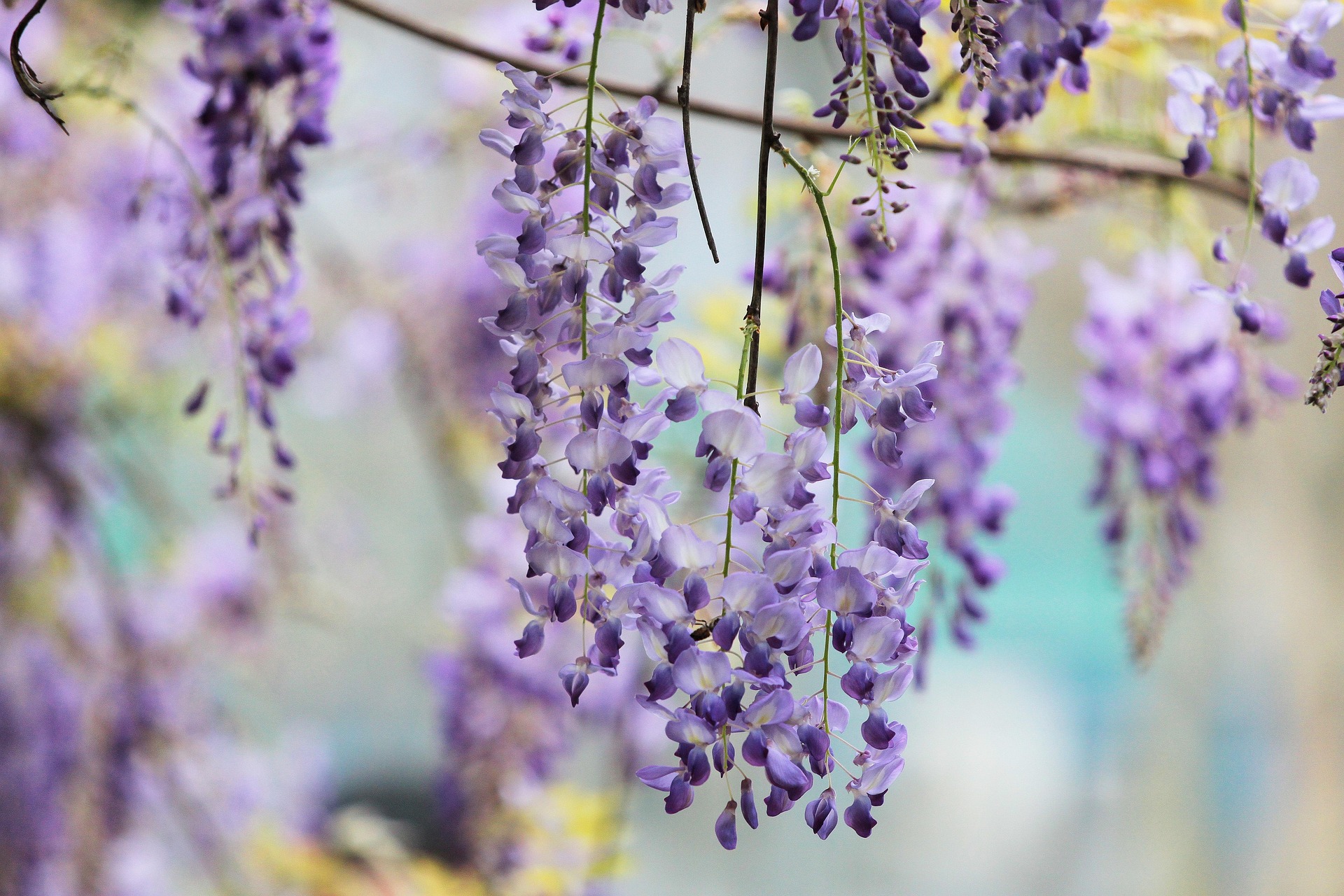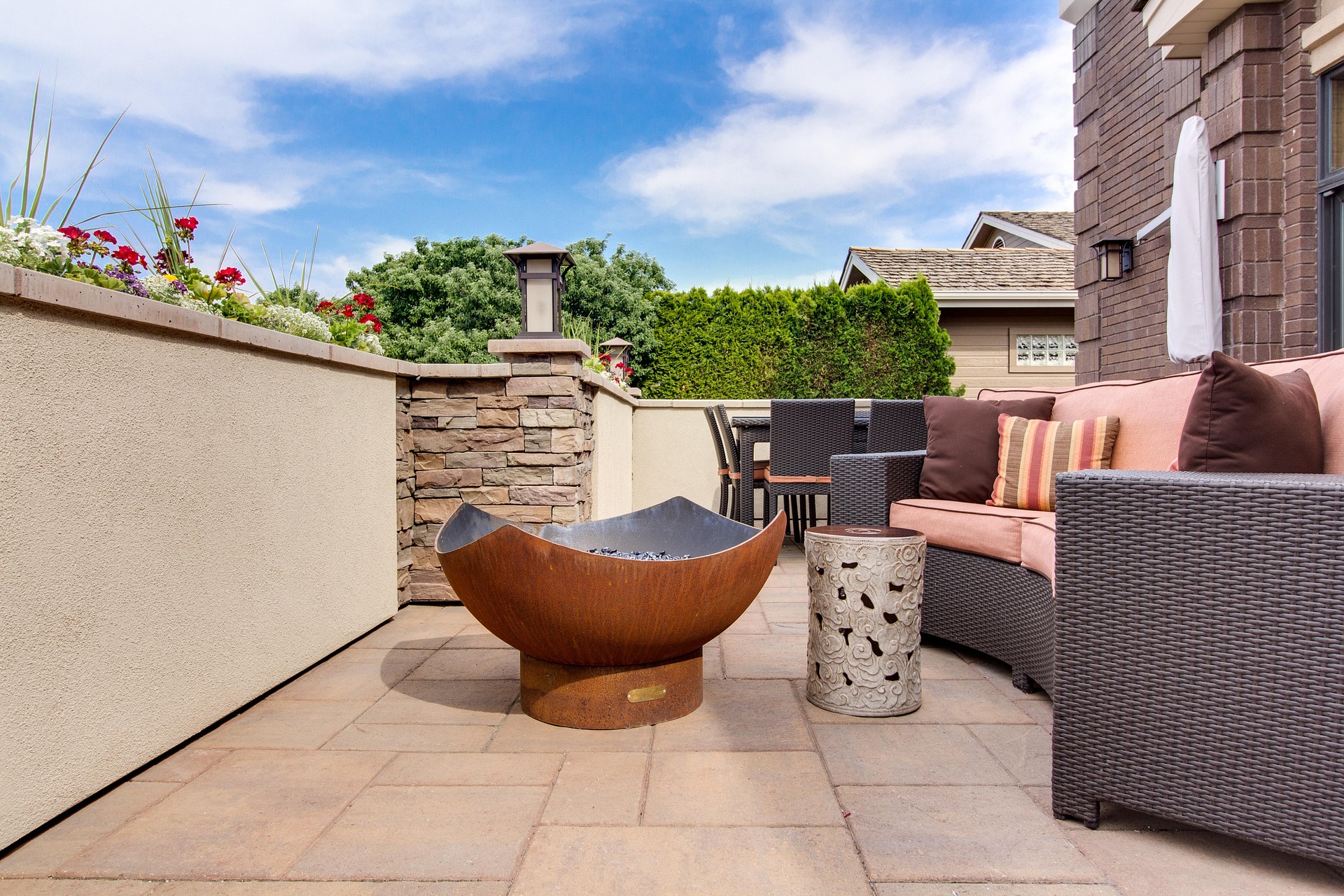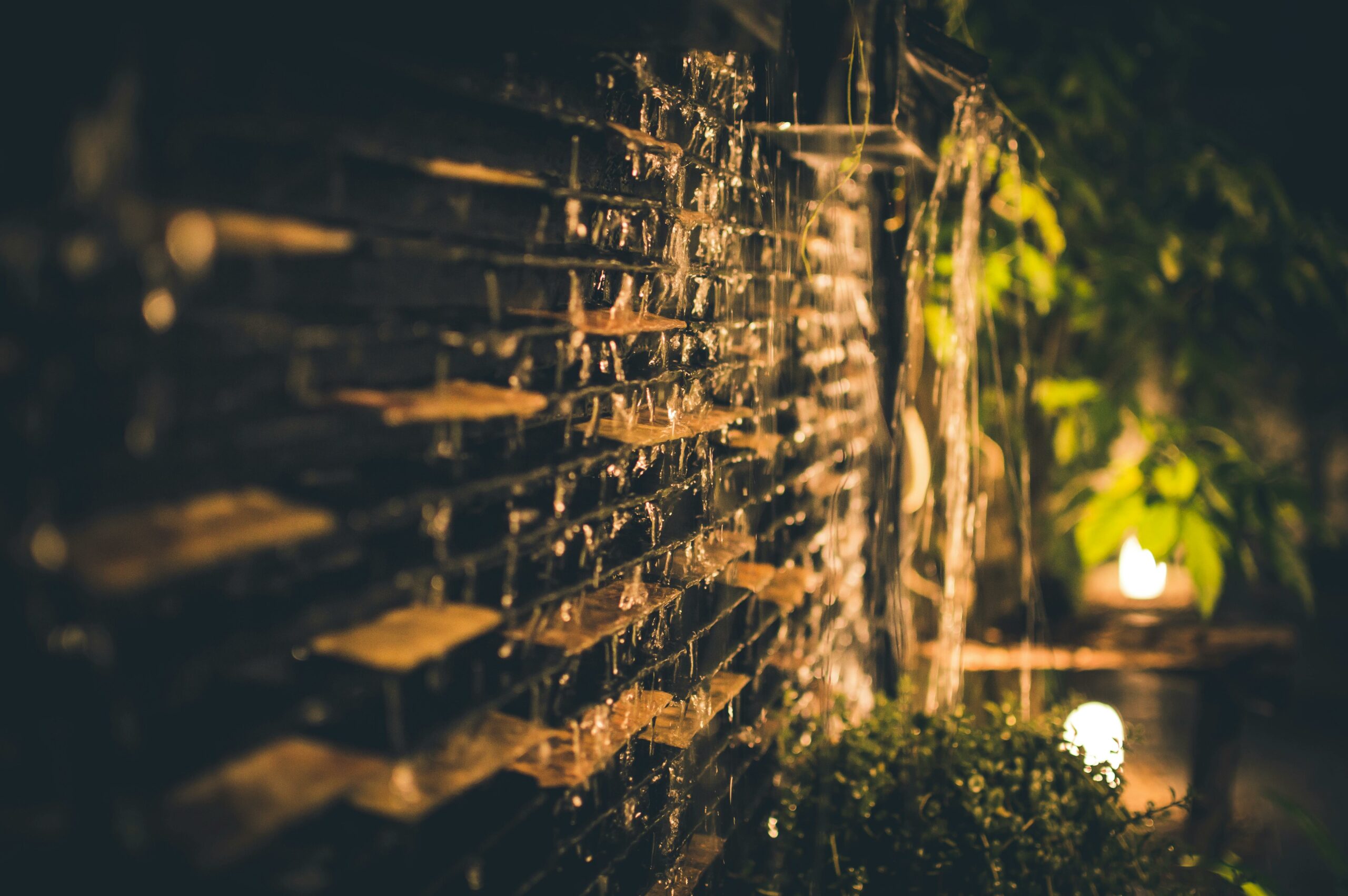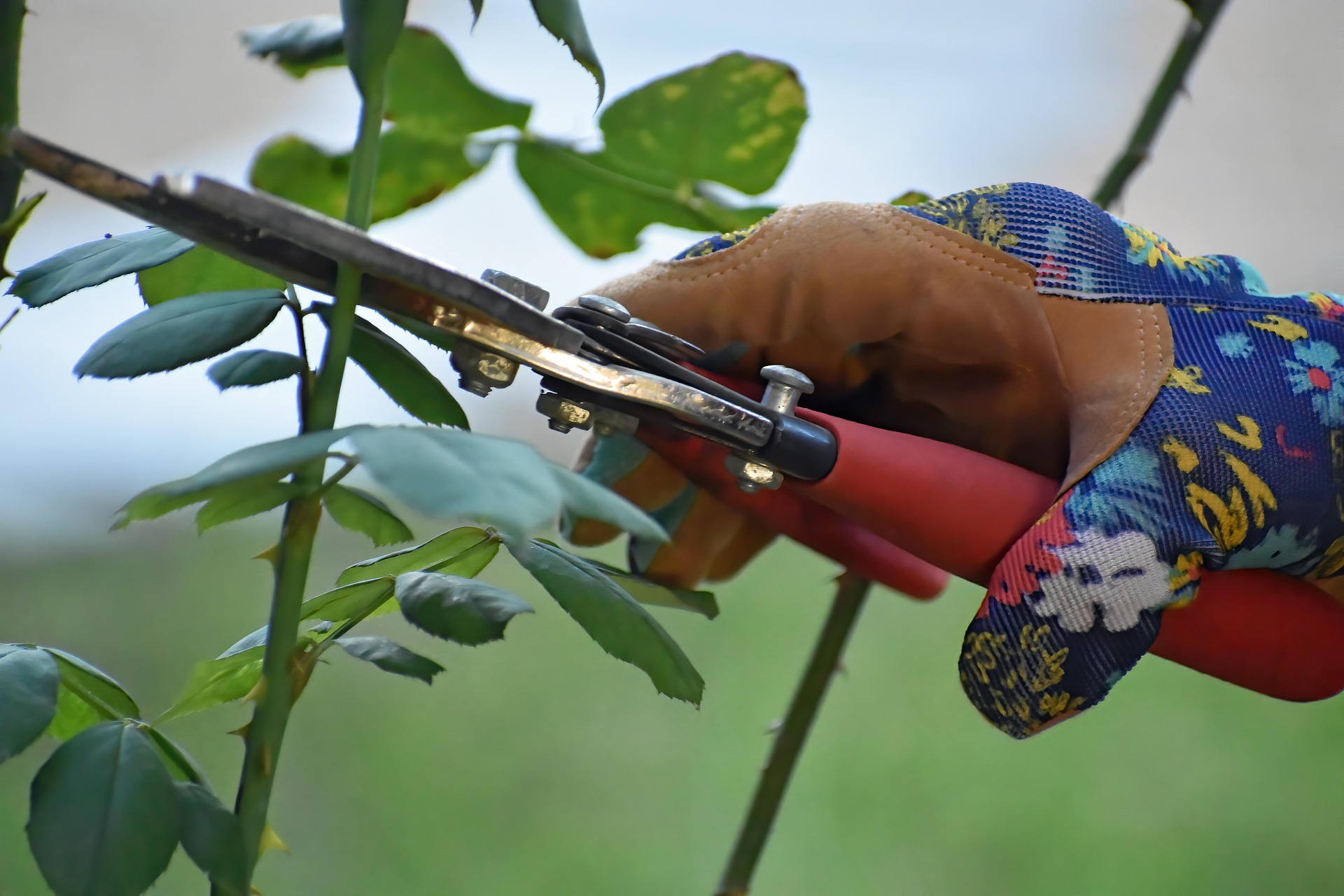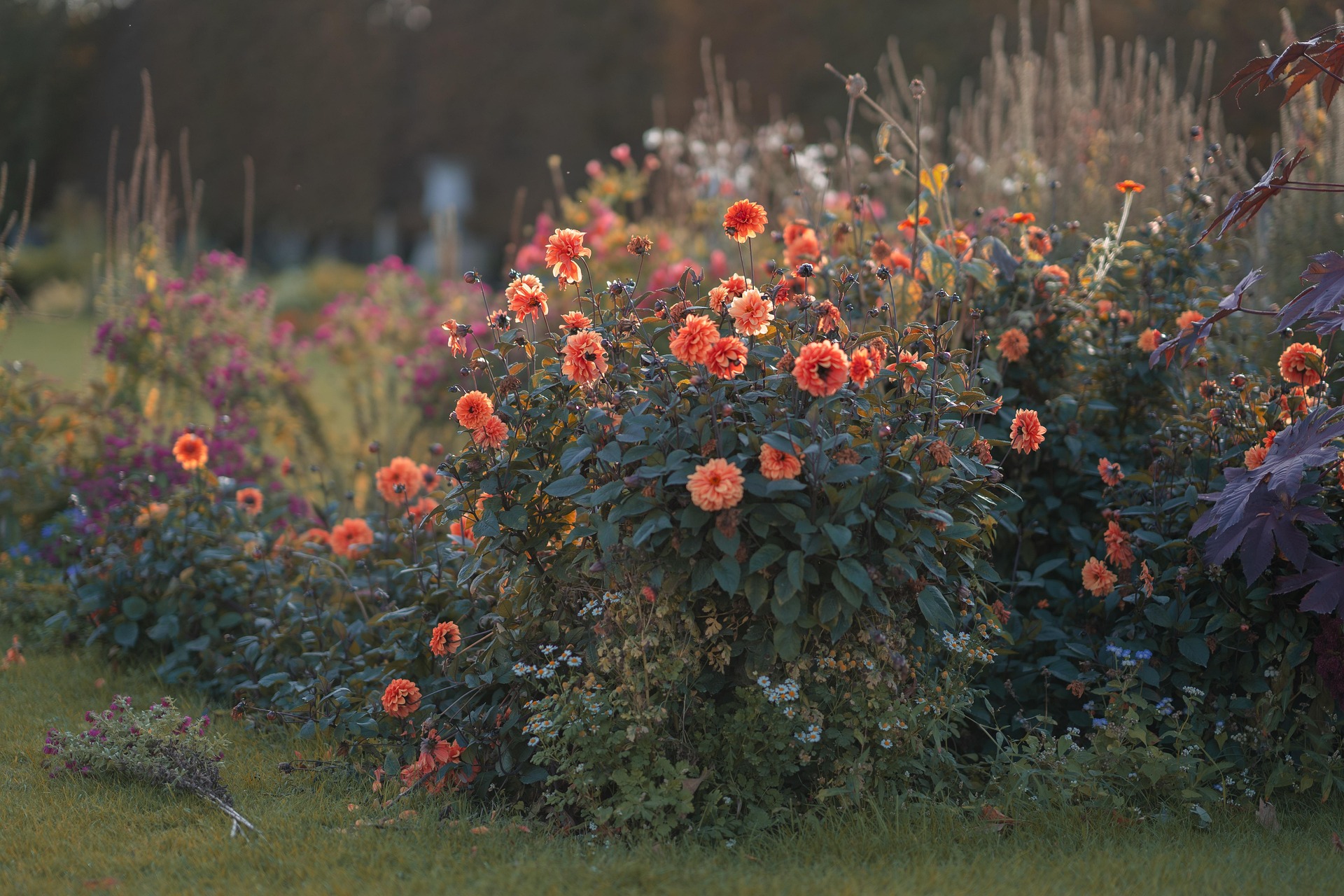Top Tips for Conserving Water in Your Garden
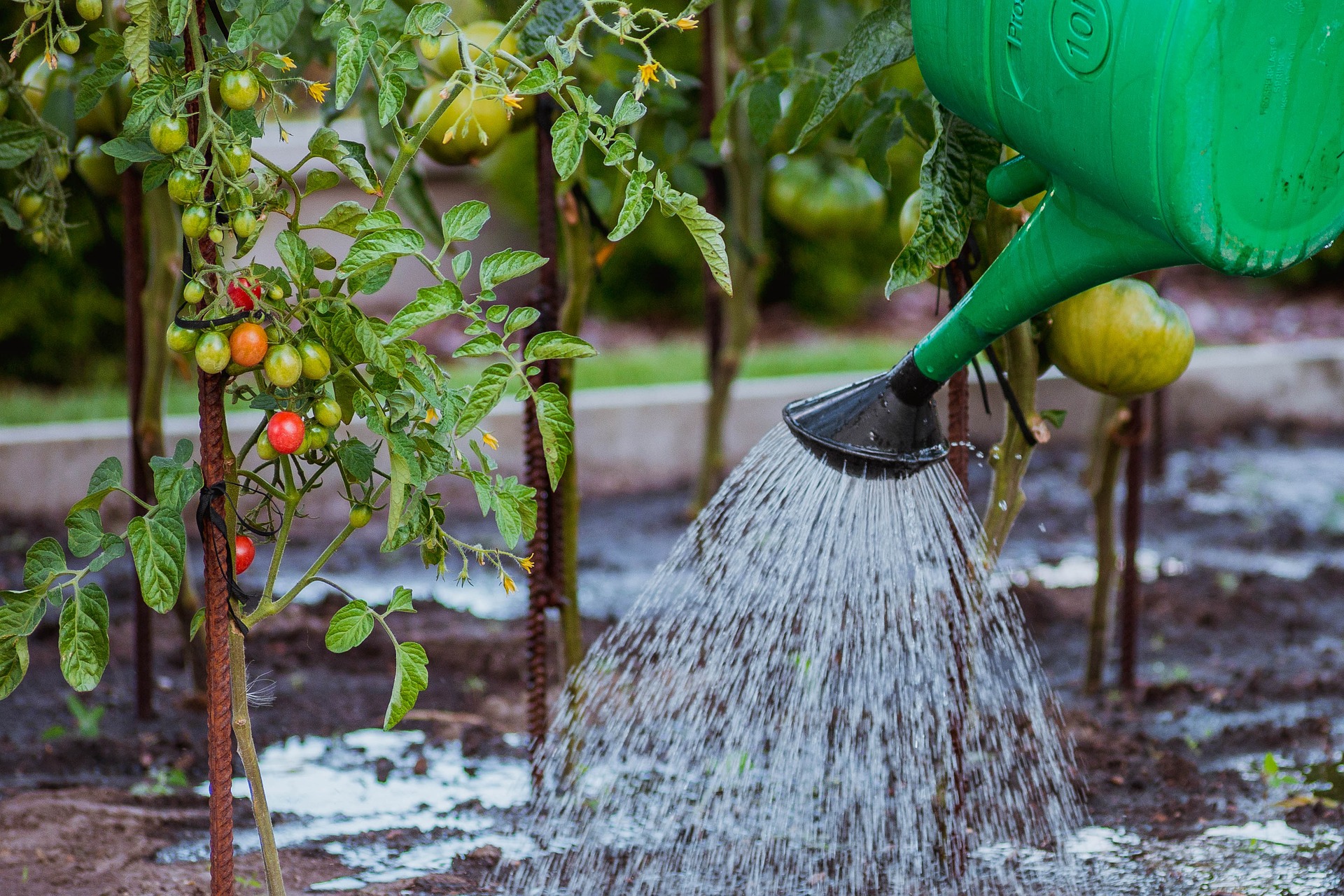
A lush, healthy garden doesn’t have to mean high water bills or wasteful watering habits. With a few smart changes, you can dramatically reduce your water usage while still enjoying vibrant plants and greenery. Whether you live in a drought-prone area or just want to garden more sustainably, these water-saving tips will help you make the most of every drop.
1. Water Early or Late in the Day
One of the simplest ways to conserve water is to water your garden in the early morning or late evening, when temperatures are cooler and evaporation rates are lower. Midday watering means much of the moisture evaporates before reaching the roots. A morning schedule is especially beneficial, as it allows plants to hydrate before the heat of the day sets in.
2. Mulch, Mulch, Mulch
Mulching is a gardener’s secret weapon for water conservation. A layer of mulch—like bark chips, compost, or straw—helps retain soil moisture, suppress weeds, and regulate soil temperature. This means less frequent watering and happier roots. Aim for a layer 5–8 cm thick, and top it up as needed throughout the growing season.
3. Choose Drought-Tolerant Plants
Selecting plants that thrive in your local climate and need minimal water is key. Drought-tolerant plants like lavender, rosemary, sedum, ornamental grasses, and Mediterranean herbs are excellent options. Native plants are particularly well-suited to local conditions and often require far less watering once established.
4. Use Drip Irrigation or Soaker Hoses
Traditional sprinklers can waste a lot of water through evaporation and runoff. Instead, install a drip irrigation system or soaker hoses, which deliver water directly to the root zone, exactly where it’s needed. These systems are more efficient and can be set on timers, saving you time and water.
5. Group Plants by Water Needs
When planning your garden, group plants with similar water requirements together. This technique, known as hydrozoning, ensures that you aren’t overwatering drought-tolerant species or underwatering thirsty ones. It also helps streamline your watering routine and reduces overall water waste.
6. Improve Your Soil
Healthy, well-structured soil holds onto water better. Add organic matter like compost to improve soil texture and boost its moisture-retention capacity. Soil with good structure allows roots to penetrate easily and access water more efficiently, meaning you won’t need to water as often.
7. Collect and Reuse Rainwater
Installing a water butt or rain barrel is a great way to make use of free rainwater. Collected water is ideal for plants, especially during dry spells or hosepipe bans. Simply attach it to your downpipe to capture rain runoff from your roof and use it to water your garden as needed.
Final Thoughts
Water is a precious resource, and using it wisely in the garden not only helps the environment but also saves you money and time. By adopting just a few of these water-saving habits, you can keep your garden flourishing while doing your part to conserve one of Earth’s most vital resources.
